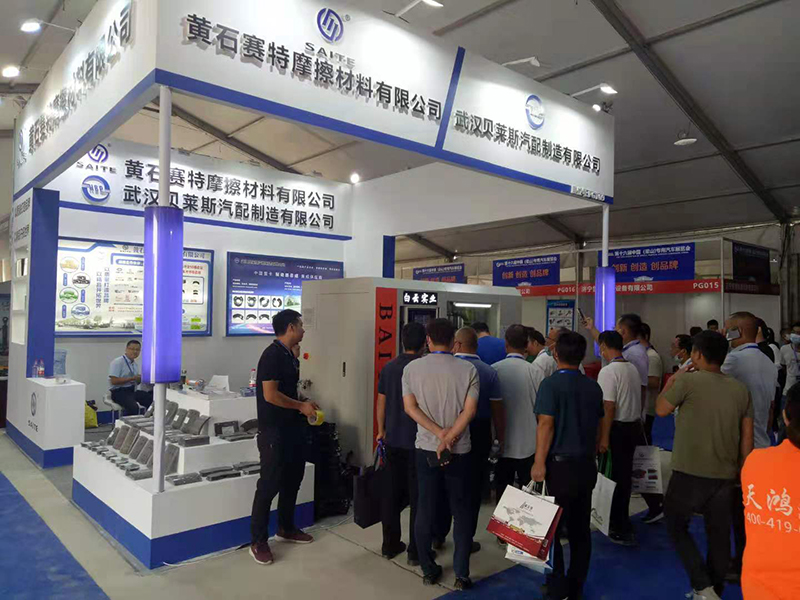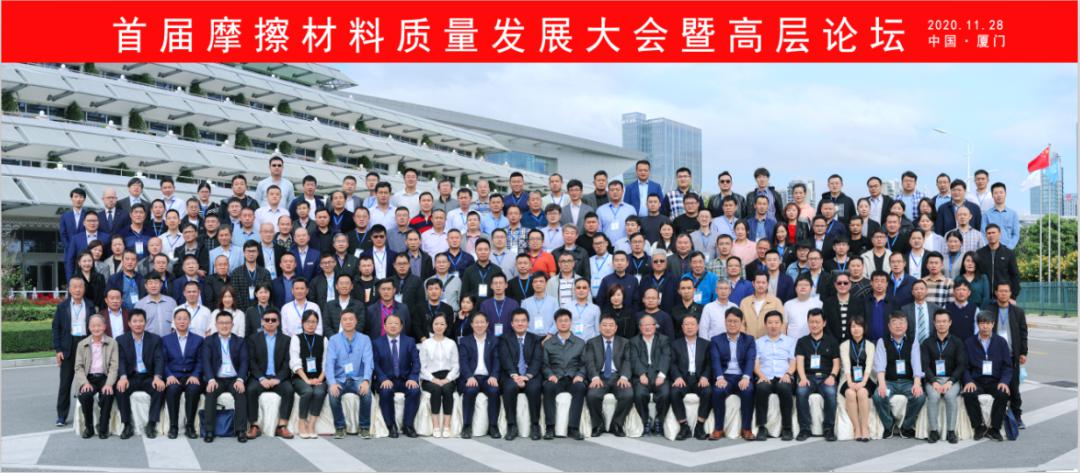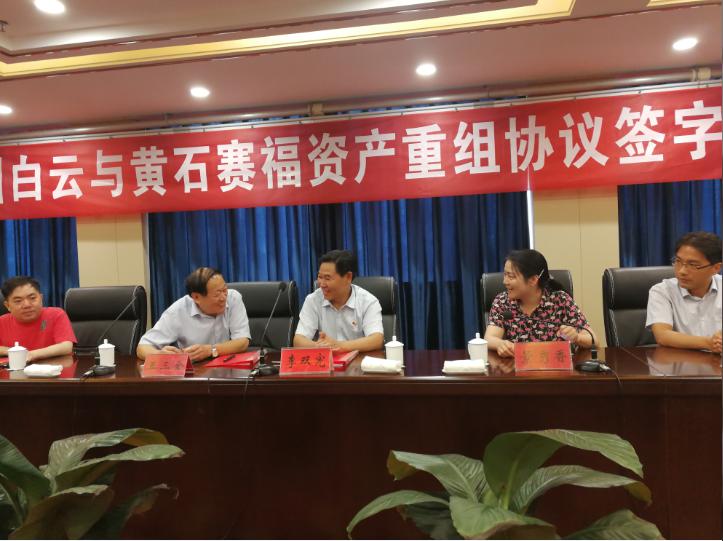Market analysis: What are the recovery factors of China's construction machinery industry in 2017?
- Categories:Media perspective
- Author:
- Origin:
- Time of issue:2021-01-29
- Views:13
(Summary description)Market analysis: What are the recovery factors of China's construction machinery industry in 2017?
Market analysis: What are the recovery factors of China's construction machinery industry in 2017?
(Summary description)Market analysis: What are the recovery factors of China's construction machinery industry in 2017?
- Categories:Media perspective
- Author:
- Origin:
- Time of issue:2021-01-29
- Views:13
In the first year of 2017, good news came one by one. Whether it was the sharp increase in sales of various construction machinery such as excavators and loaders in January, or the arrival of a large number of national infrastructure investment plans, it was a winter for the construction machinery industry. Add a strong fire, and with the arrival of large quantities of orders from major companies, the recovery trend of China's construction machinery industry has become unstoppable.
According to the news, since the beginning of the spring of this year, sales orders of Sany Group have followed one after another, and the market demand situation is gratifying. Orders for road machinery and motor graders skyrocketed in January, doubled from the same period last year; HAECO orders have been scheduled to the second half of the year. Bulk orders from Xugong, Liugong, Shantui and many other construction machinery companies have also arrived, which verifies the reality of the industry's recovery.
The development of China's construction machinery industry is inseparable from the support of national policies, let alone the stimulation of economic policies. In detail, among the policy measures related to China's construction machinery industry in 2016, the "Belt and Road" and "Supply-side Reform", "Iron Public Foundation" and "Real Estate", "13th Five-Year Plan", "New Countryside Construction", " "Urbanization" and "Made in China 2025" are frequently mentioned. These policies that benefit the industry have also brought strong support for the development of the construction machinery industry. But while rejoicing for the industry's recovery, we should also rationally view market changes and fully understand the recovery factors in order to prepare for future market control. The following editors sorted out the factors for the recovery of China's construction machinery industry in 2017 based on the analysis and remarks of various parties.
Winter and warmer are both cause and effect
To understand the factors that contribute to the industry’s recovery, we must first review the reasons for the industry’s downturn, because the two complement each other and both have cause and effect. Since 2011, the construction machinery industry in China has entered a downward slope and has entered a "throttle period" of industry adjustment. The main reasons for this include the following aspects: With the decline of 4 trillion investment, the amount of engineering has been reduced, and the construction is under-started. Weak demand, overcapacity, excessive holdings, and over-development of the market have caused an imbalance between supply and demand. Under the combined effects of these two aspects, China's construction machinery will inevitably encounter a "cold winter" in the industry.
In the face of weak demand, China's construction machinery industry has begun a five-year adjustment, and the industry is also suffering from worries and expectations. Under this situation, transformation has turned into an effective strategy to break through difficulties, and construction machinery companies have begun to work hard, adjust their own structure, and accumulate energy for future development. Nowadays, with the elimination of backward and excessive production capacity and the advancement of the application of energy saving, environmental protection, intelligent high-tech and other technologies, as the supply-side reform and the increasing emphasis on user demand, the Chinese construction machinery industry is gradually liberated from the pattern of structural disease. Become an important basis for this recovery.
Recovery factor 1: Domestic downstream infrastructure recovery
Since 2016, the growth rate of various economic indicators in my country has rebounded. Infrastructure construction projects in major plans such as the Belt and Road Initiative and the Yangtze River Economic Belt have been implemented successively, which has promoted the continuous stabilization of demand in the infrastructure industry, and the construction machinery industry has also shown signs of recovery.
In 2016, fiscal and monetary infrastructure investment remained high, with an annual growth rate of 15.7%, which became an important support for stimulating investment and stable economic growth. Among them, the annual growth rate of new construction and construction projects reached 20.9% and 10%, which was a substantial increase of 15.4% from 2015. And 5.7 percentage points; At the same time, the demand for real estate construction has rebounded significantly, and the investment growth rate rebounded from 1% in 2015 to 6.9%, which led to a significant improvement in the utilization rate of downstream excavators and other construction machinery equipment. The industry demand has experienced 5 consecutive years of decline and contraction. , Began to get out of the trough and continued to pick up.
Entering 2017, infrastructure investment continued the investment tone of 2016 growth. A new round of major project investment has started across the country, and the amount of planned investment projects is larger, ranging from hundreds of billions to trillions. For example, the total investment in major projects started in Hubei, Shaanxi, Henan and other places reached more than 100 billion yuan. The total investment in the first batch of major projects in Jiangsu reached 1.33 trillion. Shaanxi will arrange 600 provincial-level key projects in 2017, with a total investment The amount is 3.7 trillion yuan and the annual investment is 482 billion yuan.
The editors of China Construction Machinery Business Network conducted statistics based on data released by various provinces. The 23 provinces have announced their 2017 fixed asset investment targets, with a cumulative investment of more than 40 trillion yuan. In addition to the unannounced provinces, it is estimated that the total investment in all regions this year will be no less than 45 trillion. Such a large-scale investment has provided a confident environment for the recovery of China's construction machinery industry and has become one of the most important factors.
Recovering factor two: PPP injects vitality into infrastructure investment
After talking about infrastructure investment planning, let's talk about funding. In the past few years, my country's infrastructure investment has also been a lot, but the construction machinery industry has continued to stay in the "cold winter", mainly due to funding problems. Insufficient actual starts and insufficient funding have led to the lack of investment in infrastructure. Therefore, how to solve the funding problem will become the top priority of whether the industry can recover. The PPP has entered a harvest period in 2016, and 2017 is reaching its peak, injecting vitality into future infrastructure investment.
In 2016, PPP will account for more than 25% of infrastructure investment, which will significantly boost the demand for construction machinery products in the next three years. In 2016, the scale of implementation of PPP projects exceeded 4 trillion, and the investment in the procurement and implementation stage reached 2-3 trillion, accounting for 15% of infrastructure investment, and the average order growth rate of many central enterprises exceeded 20%.
Relevant experts said that from the data, it can be seen that China has become the world's largest PPP market in less than three years. It is estimated that the scale of PPP projects in 2017 may reach 3.8 trillion yuan, which will usher in the peak period of implementation. In 2017, the National Development and Reform Commission will further increase its approval and promotion of PPP projects. From the perspective of the division of labor in the PPP field by the National Development and Reform Commission and recent policies, traditional infrastructure areas such as energy, agriculture, forestry, highways, and major municipal projects will become the focus of the development and reform commission's PPP project work in 2017.
With the increase of state financial funds and policy banks to support infrastructure construction, the enthusiasm of state-owned enterprises to participate, and local governments in the PPP model to attract a large inflow of social capital through industrial funds, the financial pressure on infrastructure investment will be greatly eased due to the construction of infrastructure construction projects. The cycle is generally 3-5 years, which will significantly support the demand for construction machinery products in the next 2-3 years. In particular, excavators, concrete machinery, and cranes related to infrastructure projects are expected to maintain rapid growth in orders.
Recovering factor 3: Overseas engineering and infrastructure investment opportunities are huge
The Asian Development Bank issued a report on February 28, highlighting the need for large-scale construction and upgrading of public facilities, as well as the need to greatly increase private investment. By 2030, emerging economies in Asia will have to do everything from transportation networks to clean water resources. A total of US$26 trillion has been invested in various types of infrastructure construction.
China is actively planning the construction of six major economic corridors together with countries along the “Belt and Road”. As the global infrastructure construction enters a new acceleration cycle, the upward cycle of the construction machinery industry has arrived. In 2016, China’s Belt and Road Initiative accelerated significantly. The value of newly signed contracts for Chinese companies’ foreign contracted projects was US$126.03 billion, a year-on-year increase of 36%, and direct investment in countries along the route reached US$14.53 billion.
In 2016, my country’s core infrastructure projects and transactions in 66 countries along the “Belt and Road” totaled more than US$493 billion, involving seven major industries including public utilities, transportation, telecommunications, society, construction, energy and environment. Among them, China accounts for one-third of the total investment amount. Due to the low level of economic development and backward infrastructure in the countries along the Belt and Road, but with obvious advantages in population and land resources, there are huge opportunities for infrastructure investment. The 65 countries along the Belt and Road cover nearly 70% of the world’s population, but generally have a low level of economic development. Of these, 49 are developing countries and have a lot of infrastructure reconstruction needs. Benefiting from international competitiveness such as policy stimulus, product cost-effectiveness, and strong engineering general contracting capabilities, the overseas export sales performance of the construction machinery industry is expected to grow rapidly.
Fourth factor of warming up: elimination of old and backward construction machinery
The elimination cycle of construction machinery and equipment is generally 8-10 years. From the peak of the industry in 2007-2009 until now, a large number of construction machinery and equipment are facing the need for scrap and replacement. According to the statistics of the China Construction Machinery Industry Association, the current market for construction machinery industry is more than 7 million units, while old equipment accounts for more than 1/3, and about 2.4 million units are facing elimination, which will provide market space for new machine sales. , Is conducive to further stimulating industry demand.
Five warming factors: mandatory implementation of national III emission standards
The "National Three Standards" formally implemented by the Ministry of Environmental Protection on April 1, 2016 provides policy support for alleviating the pressure on the production capacity of the construction machinery industry. For the construction machinery industry, this compulsory environmental protection requirement means higher pollution emission control standards and higher production costs. It also means that a group of manufacturers that fail to meet this requirement will be forced to withdraw from the market. With the mandatory emission standards imposed by the Ministry of Environmental Protection on construction machinery in China, a plan for an inventory of 7 million in-use construction machinery and equipment is kicking off. This is the first step taken by the China Construction Machinery Industry Association for the withdrawal of 2.4 million old construction machinery and equipment with emissions exceeding the standard. Survival of the fittest will surely bring new opportunities for construction machinery.
The investment curtain in 2017 has been opened. After five years of adjustments, China's construction machinery industry is becoming healthy. In the face of numerous benefits and the industry’s recovery, we still need to be rational in the face of rapidly increasing orders. Detours, advocating a healthy development concept to jointly promote China's construction machinery industry to develop better and faster.
Scan the QR code to read on your phone
MESSAGE
WRITE A MESSAGE TO US






SEARCH
Address:Jinshan Avenue, Huangshi City, Hubei Province
South, east of a4-c (opposite Wangtai primary school)
Telephone:+86-714-3862300 3862308
Copyright: Huangshi Saite friction materials Co., Ltd 鄂ICP备14014513号-1 Powered by www.300.cn




